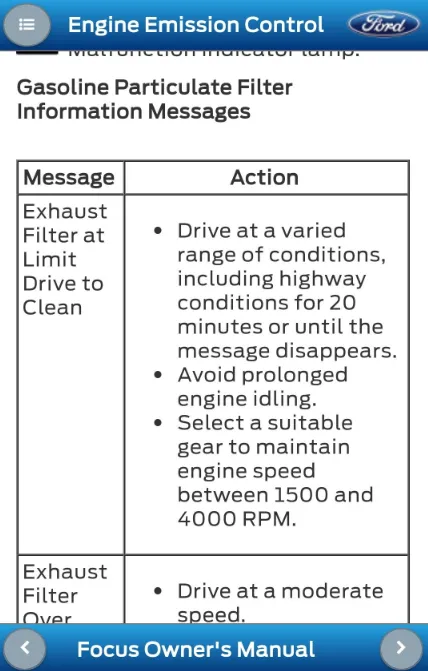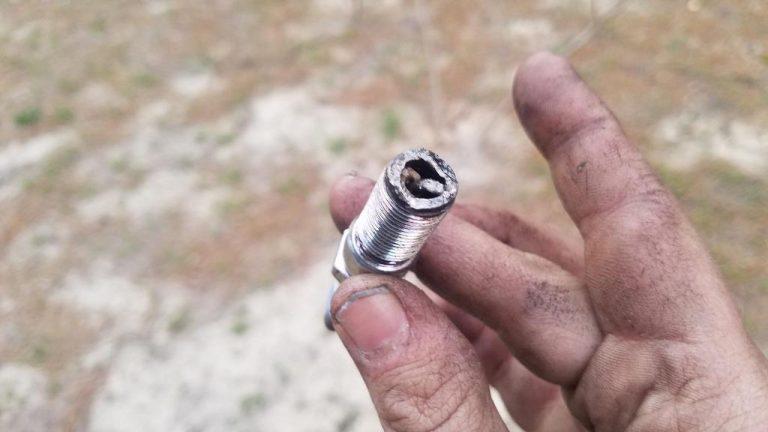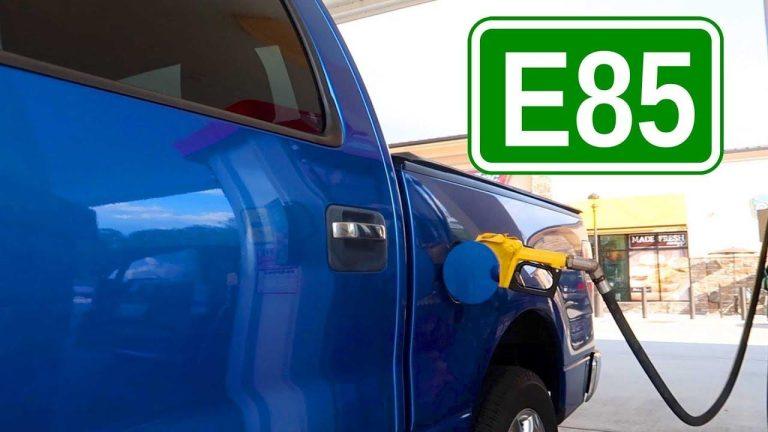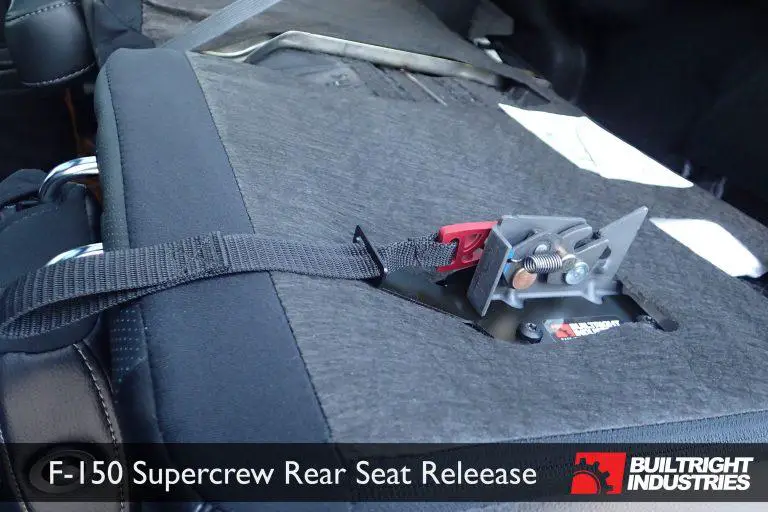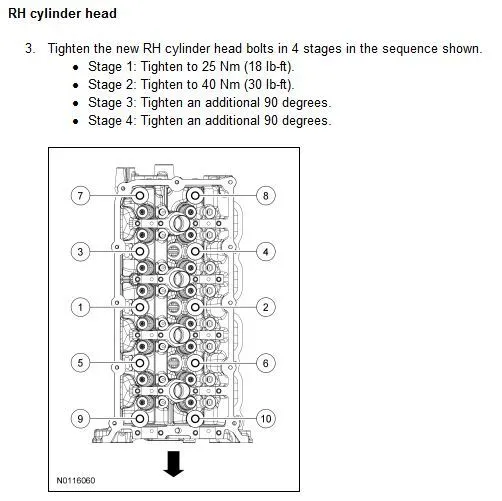Exhaust Filter Overloaded Drive to Clean: Essential Maintenance Tips
Exhaust Filter Overloaded Drive to Clean indicates that your vehicle’s exhaust filter is clogged. Driving at higher speeds can clean it.
Exhaust filters, also known as diesel particulate filters (DPFs), play a crucial role in reducing emissions. They trap soot and other particles from the exhaust gases. Over time, these filters can become overloaded with soot, triggering a warning light. Driving at higher speeds allows the vehicle to perform a regeneration process, which burns off the accumulated soot.
This process helps restore the filter’s efficiency and ensures the vehicle operates smoothly. Regular maintenance and periodic high-speed drives can prevent clogging and extend the filter’s lifespan. Ignoring this warning can lead to reduced engine performance and costly repairs.
Introduction To Exhaust Filters
Exhaust filters are crucial for vehicles. They help reduce harmful emissions. These filters trap soot and other particles. This keeps the air cleaner and healthier. Without them, cars would pollute more.
Importance Of Exhaust Filters
Exhaust filters play a vital role in environmental protection. They capture and store harmful particles. This reduces air pollution significantly. Cleaner air means better health for everyone. It also helps in meeting emission regulations.
Exhaust filters also improve engine performance. They ensure the engine runs smoothly. A clean filter means less strain on the engine. This can extend the engine’s lifespan. Proper maintenance of exhaust filters is essential.
Common Types Of Exhaust Filters
There are several types of exhaust filters available. Each type serves a specific purpose. Here are some common types:
- Particulate Filters: These trap soot and carbon particles. They are common in diesel engines.
- Catalytic Converters: These convert harmful gases into less harmful substances. They are used in both petrol and diesel engines.
- SCR Systems (Selective Catalytic Reduction): These reduce nitrogen oxide emissions. They use a urea-based solution.
Each type of filter has its own benefits. Choosing the right filter depends on the vehicle and its usage.

Credit: m.youtube.com
Signs Of An Overloaded Filter
An overloaded exhaust filter can cause significant issues for your vehicle. Recognizing the signs early can save you from costly repairs. This section focuses on the most common signs of an overloaded filter.
Performance Issues
When your exhaust filter is overloaded, you will notice a drop in performance. Acceleration may become sluggish. The engine might respond slower than usual. You may feel a lack of power during driving.
- Reduced acceleration
- Slower engine response
- Loss of power
Fuel consumption increases significantly. The engine works harder to push exhaust gases through the clogged filter. This results in higher fuel usage and more frequent trips to the gas station.
- Increased fuel consumption
- More frequent refueling
Warning Lights
Modern vehicles have sensors that detect issues with the exhaust filter. Warning lights on your dashboard are one of the first signs. The check engine light may illuminate. Some vehicles have a specific DPF (Diesel Particulate Filter) warning light.
| Warning Light | Description |
|---|---|
| Check Engine Light | Indicates a general issue |
| DPF Warning Light | Specific to the exhaust filter |
Ignoring these warning lights can lead to severe engine damage. Pay attention to these indicators and take your vehicle for a check-up.
Immediate Steps To Take
Facing an exhaust filter overload can be daunting. But, you can fix it by following the right steps. The key is to act promptly to avoid further issues.
Driving To Clean The Filter
One effective method is driving to clean the filter. This involves running the vehicle at a certain speed and RPM.
Follow these steps:
- Drive at a speed of 40 mph or higher.
- Maintain the speed for at least 20 minutes.
- Keep the RPM between 2000 and 2500.
This process helps to burn off the soot particles. It keeps the filter clean and functioning well. Always ensure the road conditions are safe for such a drive.
Using Regeneration Mode
Many modern vehicles have a regeneration mode. This mode helps to clean the exhaust filter automatically.
Here’s how to use it:
- Consult your vehicle’s manual for specific instructions.
- Activate the regeneration mode, usually through the dashboard controls.
- Ensure the vehicle is parked in a safe, open area.
- Allow the process to complete, which may take 30-60 minutes.
This mode increases the exhaust temperature, burning off the accumulated soot. Make sure the process runs without interruptions for optimal results.
By following these steps, you can maintain a clean and efficient exhaust filter. This not only improves vehicle performance but also extends its lifespan.
Preventive Maintenance Tips
Keeping your exhaust filter clean is crucial. It ensures your vehicle runs smoothly. Regular maintenance prevents filter overload. Follow these preventive tips to maintain your exhaust filter.
Regular Inspections
Inspecting your exhaust filter is essential. Regular checks identify potential issues early. Schedule inspections at least once a month. Look for signs of soot buildup or damage.
- Check the filter for any blockages.
- Inspect the exhaust system for leaks.
- Ensure the filter housing is secure.
- Replace worn-out parts immediately.
| Inspection Task | Frequency |
|---|---|
| Filter Blockage | Monthly |
| Exhaust Leaks | Monthly |
| Filter Housing | Monthly |
| Worn-out Parts | As Needed |
Using Quality Fuel
Using high-quality fuel improves filter performance. Low-quality fuel contains impurities. These impurities clog the filter. Always choose fuel from reputable stations.
- Select fuel with lower sulfur content.
- Avoid cheap fuel from unknown sources.
- Use additives that clean the fuel system.
High-quality fuel ensures cleaner combustion. This reduces soot and keeps the filter clean longer.
Diy Cleaning Techniques
Is your exhaust filter overloaded? You can clean it yourself. Here are two effective DIY techniques: manual regeneration and chemical cleaners. Follow these steps to keep your exhaust filter in top shape.
Manual Regeneration
Manual regeneration involves running your engine at high speeds. This helps burn off the soot in the filter. Follow these steps:
- Start your car and drive to a safe, open road.
- Maintain a high speed for at least 20 minutes.
- Keep the engine running above 3000 RPM.
- Check the dashboard for any warning lights.
Always ensure you follow local speed limits and safety rules. This method is simple and effective for clearing minor blockages.
Chemical Cleaners
Chemical cleaners can break down soot and ash in the filter. Here’s how to use them:
- Purchase a high-quality exhaust filter cleaner.
- Follow the instructions on the cleaner’s label.
- Spray the cleaner into the exhaust system.
- Let it sit for the recommended time.
- Start your engine and drive for 20 minutes.
Using chemical cleaners can be very effective. Always wear gloves and safety glasses.
| Technique | Time Required | Tools Needed |
|---|---|---|
| Manual Regeneration | 20 Minutes | Car, Open Road |
| Chemical Cleaners | 30 Minutes | Cleaner, Gloves, Safety Glasses |
Both methods have their advantages. Choose the one that suits your situation best. Keep your exhaust filter clean and your car will run smoother.
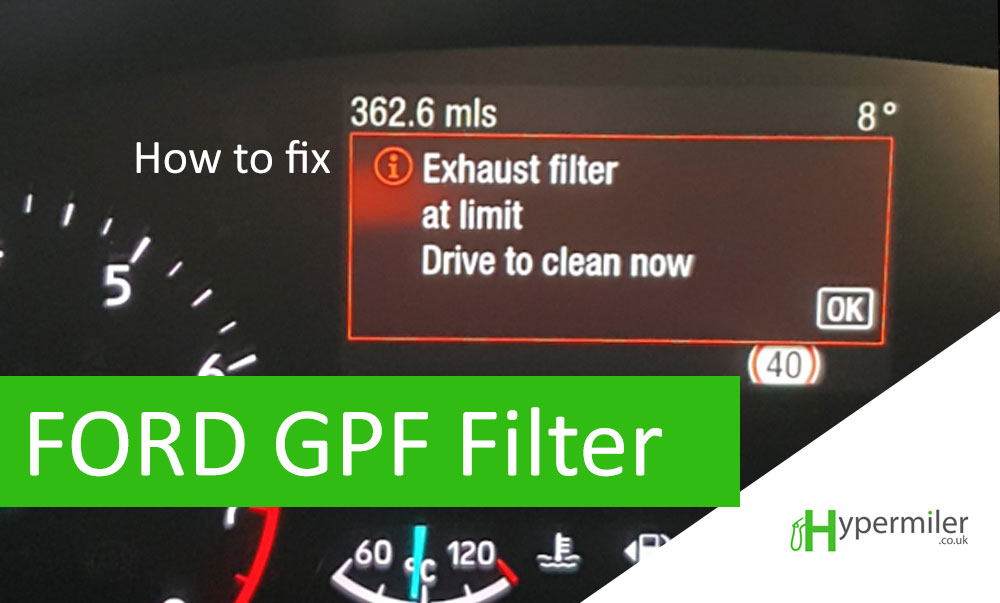
Credit: www.hypermiler.co.uk
Professional Cleaning Services
Exhaust filters play a crucial role in vehicle performance. When your exhaust filter is overloaded, it’s important to clean it. Professional cleaning services offer a reliable solution. They ensure your vehicle runs smoothly.
When To Seek Professional Help
Regular maintenance can prevent issues. Sometimes, professional help becomes necessary. Here are signs you need expert intervention:
- Check Engine Light is On
- Unusual Engine Noises
- Reduced Fuel Efficiency
- Noticeable Decrease in Engine Performance
Don’t ignore these signs. Contact a professional to clean your exhaust filter.
Cost Of Professional Cleaning
The cost of professional cleaning varies. It depends on several factors:
| Factor | Cost Range |
|---|---|
| Type of Vehicle | $100 – $300 |
| Severity of Blockage | $150 – $400 |
| Service Provider | $120 – $350 |
Investing in professional cleaning saves money long term. It prevents bigger engine issues.
Ensure your vehicle’s exhaust filter is clean. This guarantees optimal performance.
Long-term Maintenance Strategies
Maintaining your vehicle’s exhaust filter is crucial for its longevity. Long-term strategies ensure your vehicle runs smoothly and efficiently. Let’s dive into essential practices for keeping your exhaust filter in top condition.
Scheduled Maintenance
Scheduled maintenance helps keep your exhaust filter clean. Follow your vehicle’s maintenance schedule. Regular checks prevent filter overload.
Here are some key maintenance tasks:
- Regular Inspections: Check the filter for clogs or damage.
- Filter Cleaning: Clean the filter as recommended by the manufacturer.
- Software Updates: Ensure your vehicle’s software is up-to-date for optimal performance.
Keeping The Engine In Good Condition
A well-maintained engine reduces exhaust filter issues. Here are some tips:
- Oil Changes: Change the oil at regular intervals.
- Air Filter Replacement: Replace the air filter to ensure clean air intake.
- Fuel Quality: Use high-quality fuel to reduce emissions.
Maintaining your engine ensures a cleaner exhaust filter. This extends the life of your vehicle.

Credit: m.youtube.com
Environmental Impact
Understanding the environmental impact of an exhaust filter is crucial. This system helps keep our air clean. Learn how it works to reduce emissions and comply with regulations.
Reducing Emissions
Exhaust filters help in reducing emissions from vehicles. They trap harmful particles and gases. This process makes the air cleaner and safer.
- Less carbon monoxide
- Fewer nitrogen oxides
- Reduction in particulate matter
These reductions are significant. Cleaner air means a healthier environment.
Compliance With Regulations
Vehicles must meet strict emission regulations. Governments set these rules to protect the environment.
| Region | Regulation |
|---|---|
| United States | EPA Standards |
| Europe | Euro 6 Standards |
| Asia | China VI Standards |
Meeting these standards is essential. It ensures vehicles are not polluting excessively. This helps in maintaining a sustainable environment.
Frequently Asked Questions
Do You Have To Drive To Clean Exhaust Filter?
Yes, you need to drive to clean the exhaust filter. Driving at highway speeds helps regenerate and clean it.
How Long Do You Need To Drive To Clean Dpf Filter?
Drive for 30-45 minutes at highway speeds to clean the DPF filter. Ensure the engine reaches optimal temperature.
Can I Drive My Car With Exhaust Filter Full?
Driving with a full exhaust filter can damage your engine. Clean or replace it to avoid costly repairs.
How To Clean An Exhaust Filter While Driving?
Drive at highway speeds for 20-30 minutes to clean the exhaust filter. Maintain consistent speed to allow regeneration.
Conclusion
Regular maintenance of your exhaust filter ensures optimal vehicle performance. Schedule routine checks to prevent issues. Drive to clean the filter when necessary. This simple step boosts fuel efficiency and reduces emissions. Keep your car running smoothly and protect the environment by maintaining a clean exhaust filter.

